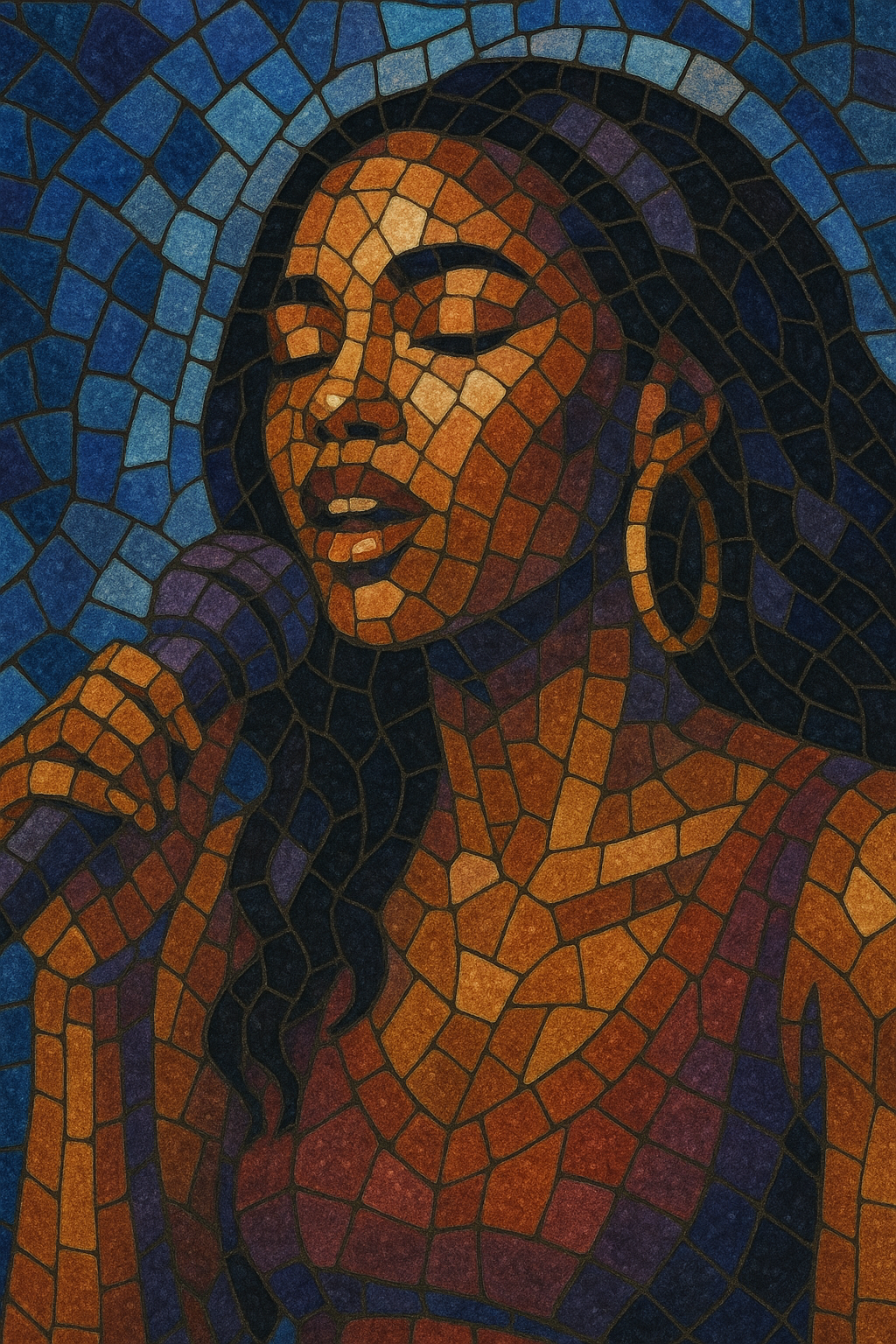Pop R&B is a commercially minded blend of contemporary R&B vocal traditions with pop songcraft and hooks. It emphasizes smooth, melismatic singing, ear-catching choruses, and polished, radio-friendly production.
The style typically pairs R&B’s rhythmic feel, gospel-influenced harmonies, and soulful timbres with pop’s concise structures, sing-along toplines, and high-gloss sound design. Drum programming often ranges from swing-laden grooves to trap-adjacent hi-hat patterns, while lush synth pads, electric pianos, and bright guitar accents provide harmonic warmth. Lyrically, Pop R&B gravitates toward romance, desire, heartbreak, empowerment, and aspirational themes, delivering them with an intimate, highly produced vocal presence.
Across decades, Pop R&B has adapted to changing production aesthetics—from new jack swing and dance-pop crossovers in the late 1980s and 1990s, to hip-hop– and EDM-informed textures in the 2000s and streaming-era minimalism in the 2010s–2020s—while remaining anchored by standout vocal performance and pop accessibility.
Pop R&B coalesced in the late 1980s and 1990s when R&B vocalists and producers began crafting songs with unmistakably pop structures and hooks. New jack swing’s punchy drums and uptempo feel created a danceable bridge between R&B and mainstream pop, while artists like Whitney Houston, Janet Jackson, and Mariah Carey proved that soulful vocal delivery and glossy choruses could dominate global charts. At the same time, the rise of contemporary R&B on radio formats (“urban contemporary”) provided the industry infrastructure for this crossover sound.
In the 2000s, Pop R&B absorbed stronger hip-hop elements—808 bass, rap features, and chopped-sample aesthetics—without losing pop-friendly song forms. Producers and writers operating at the pop-R&B nexus (often behind multiple chart-topping acts) standardized techniques like conspicuous pre-choruses, stacked ad-libs, and heavily tuned background harmonies. This decade cemented the global reach of Pop R&B, as artists consistently topped both pop and R&B charts.
With the streaming era, Pop R&B diversified sonically. Sparse, moody beats and atmospheric pads became common, reflecting the influence of trap and alternative R&B, while tempos ranged from slow-burn ballads to club-oriented cuts. International pop ecosystems—especially K-pop, Latin pop, and various Asian pop markets—integrated Pop R&B vocal styles and production tropes, further amplifying the genre’s worldwide presence. Despite stylistic shifts, Pop R&B remains rooted in expressive vocals, relatable storytelling, and instantly memorable hooks.
Pop R&B thrives where vocal virtuosity meets pop economy. Its enduring commercial success is tied to its adaptability: it incorporates contemporary rhythmic trends (from swing to trap), stays current with sound design (from glossy synths to intimate lo-fi touches), and maintains universal lyrical themes, enabling broad radio, playlist, and sync appeal.


